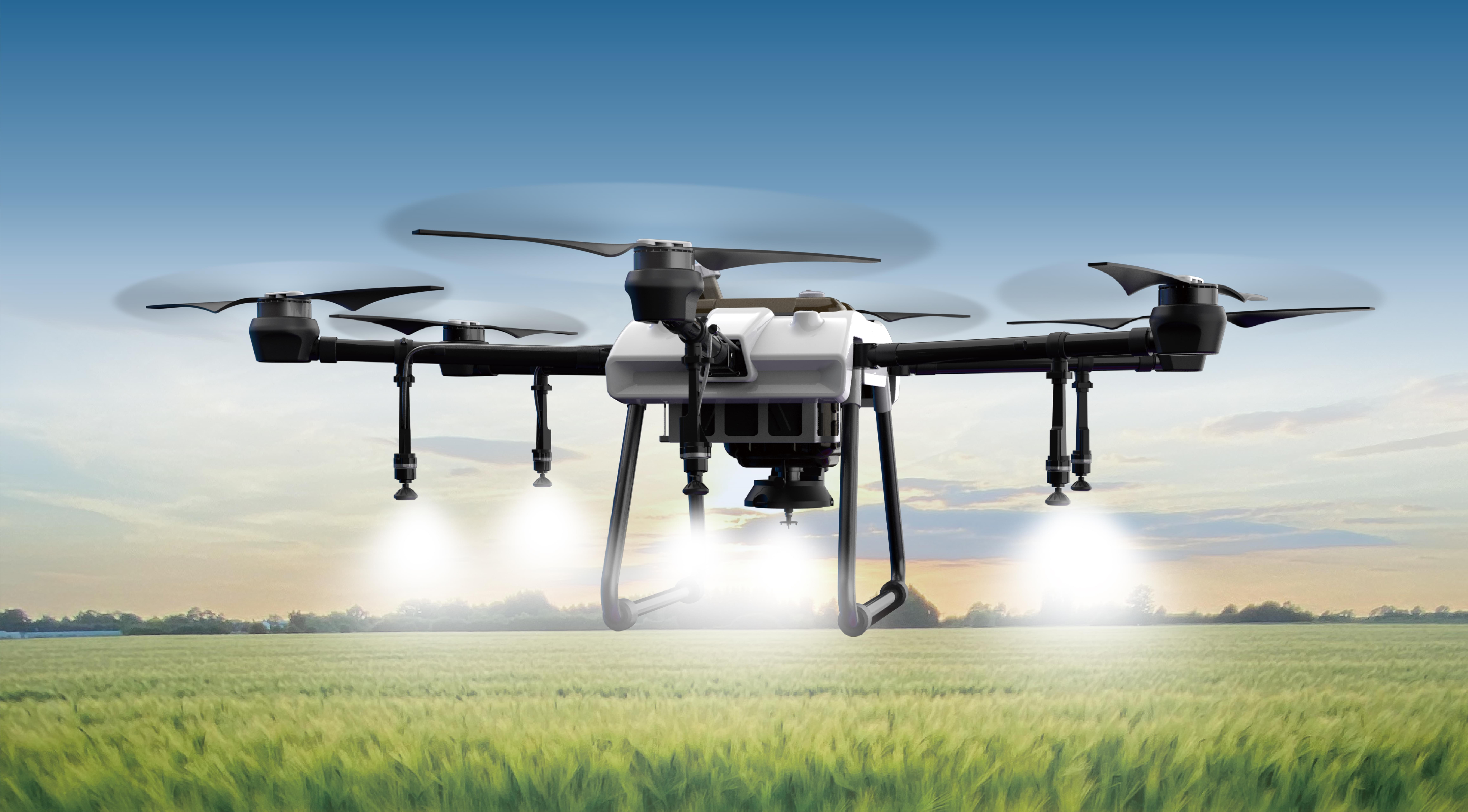Imagine this: you’re tinkering away in your garage, surrounded by wires, sensors, and that familiar buzz of excitement. Then suddenly, a thought hits—you want to dial in that motor’s speed just right, maybe for a robotic arm or a tiny automation project. How do you make that happen smoothly? That’s where the magic of a tailored Arduino code for servo motor speed control comes in.

You’re probably wondering—how can simple code transform your project? Well, it’s all about precision. With the right script, you can make a servo motor accelerate gradually or change speeds on the fly. This isn’t just throwing a generic program at the motor; it’s crafting a behavioral pattern that responds to your needs in real-time. Small tweaks in the code can turn a whirring servo into a finely tuned instrument, capable of delicate movements or rapid adjustments.
Think about the versatility. Maybe you’re building a camera slider that needs smooth starts and stops to produce professional-looking footage. Or maybe a robotic hand that needs to grip with the perfect force, adjusting its strength as it moves. Arduino-based speed control is the backbone that makes this possible without complex hardware setups—just a little clever coding combined with reliable driver components.
But what about actual implementation? A typical program might involve setting PWM signals that regulate voltage to the servo, influencing how quickly it responds. If you're curious—how do you make that change seamless? It’s a matter of controlling the voltage modulation over time, employing loops that increment or decrement the signal smoothly, rather than abrupt jumps. And that’s exactly where the beauty of Arduino coding shines: you have the power to bring these adjustments down to milliseconds, creating fluid motion that looks almost organic.
Sometimes, folks ask—can this setup handle different types of motors? The answer: it depends. Servos are designed for position control, but with the right coding and hardware tweaks, you can scale it up for more complex motors. That’s part of the fun—it’s all about expanding your control, pushing boundaries, until the project becomes as responsive and refined as you want it to be.
So, how does this actually boost your project? It’s not just about controlling speed—it’s about crafting an experience. Whether you’re chasing smooth automation or just exploring the limits of what’s possible, a well-written Arduino script that manages servo speed gives you the tools to do more, faster and more precisely. It transforms an ordinary motor into a dynamic, adaptable component.
In the end, what matters is that you get your project to perform exactly how you envision it—whether it’s a robotic arm reaching just right or a model car accelerating seamlessly. Having a solid code foundation opens up endless possibilities—making your ideas come alive with minimal fuss but maximum finesse. That’s the allure of a well-designed Arduino system for servo motor control: simplicity paired with total control.
Established in 2005, Kpower has been dedicated to a professional compact motion unit manufacturer, headquartered in Dongguan, Guangdong Province, China. Leveraging innovations in modular drive technology, Kpower integrates high-performance motors, precision reducers, and multi-protocol control systems to provide efficient and customized smart drive system solutions. Kpower has delivered professional drive system solutions to over 500 enterprise clients globally with products covering various fields such as Smart Home Systems, Automatic Electronics, Robotics, Precision Agriculture, Drones, and Industrial Automation.




































